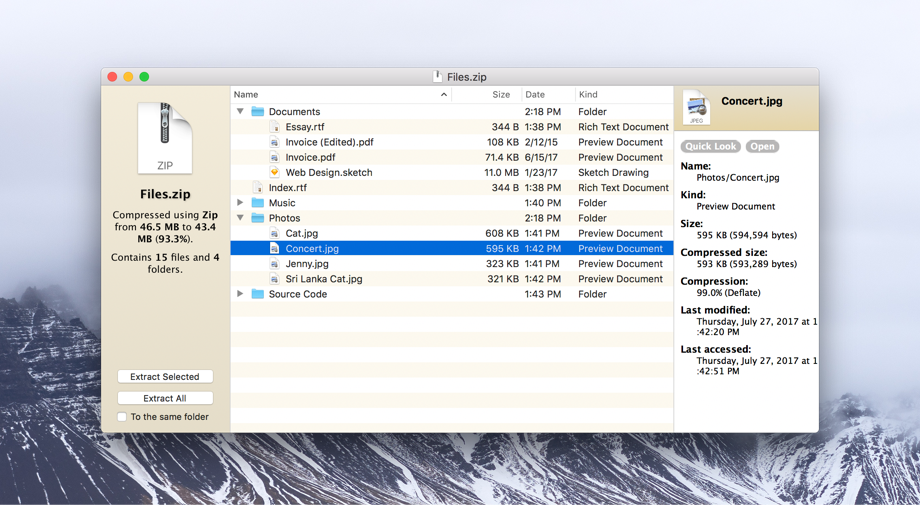The Archive Browser For Mac
Outlook for Office 365 for Mac Outlook 2016 for Mac Outlook 2019 for Mac Outlook 2016 for Mac includes a new feature called one-click archiving. This feature allows you to quickly move an item from your Inbox or another folder to an archive folder. An archived item (or items) remains accessible, but doesn't clutter your Inbox. Archive messages with a single click You can archive messages in any of the email accounts that you've connected to Outlook 2016 for Mac. These include Exchange (version 2016 and later), Office 365, Outlook.com, Hotmail, iCloud, Google, and Yahoo! • Choose one or more messages in your folder to archive.
• On the ribbon, choose Archive. • As soon as you choose Archive, messages are immediately moved to the archive folder you've specified. If you archive a message by mistake, go to the archive folder and move the message back to your Inbox. First time using the archive? If you haven't previously set up an archive folder for an email account, you'll get this prompt: Choose one of the following: • Continue.
The Archive Browser for Mac 1.11.2 - View Archive Contents - The Unarchiver. Discussion in 'Mac Apps' started by QueenKong, Aug 30, 2017.
Internet Archive Browser
A new folder will appear in your folder list for that email account. You'll have to repeat this process to create an archive folder for each of your email accounts. The folder will be called Archive for Office 365, Outlook.com, Hotmail, iCloud, Google, and Yahoo!
Mac Browser Download

The archive folder for Gmail is called All Mail. • Choose another folder. Select any of your existing folders for the archive.
Directvhdl for mac. Who wants to watch TV on a tiny iPhone screen? Certainly not me!!!
Mac Web Browsers
The Archive Browser is a program that lets you browse the contents of archives, as well as extract them. It will let you open files from inside archives, and lets you preview them using Quick Look. It is based on The Unarchiver, which means it can handle a large number of different archive formats: It can handle common formats like Zip, RAR, 7-zip, Tar, Gzip and Bzip2, as well as older formats like StuffIt, DiskDoubler, LZH, ARJ and ARC. It can also handle other kinds of formats, like CD and DVD images such as ISO, BIN, MDF, NRG and CDI, many Windows self-extracting EXE files, and can even extract media from Flash SWF files. See the supported formats page for a full list. It will also handle different filename encodings gracefully, and for the curious, it will show a lot of information about the archives and their contents.